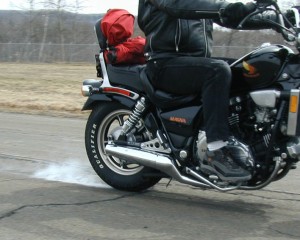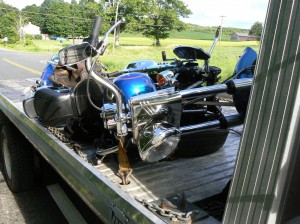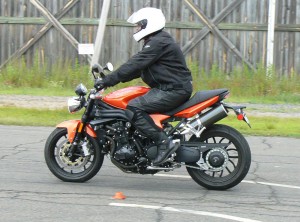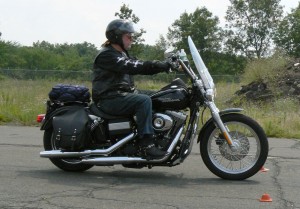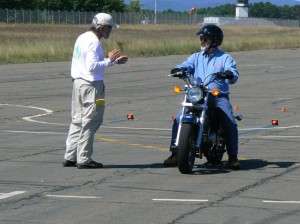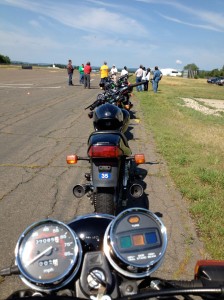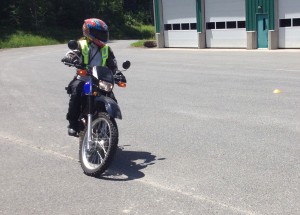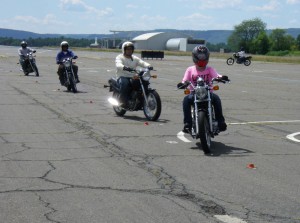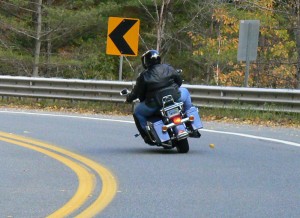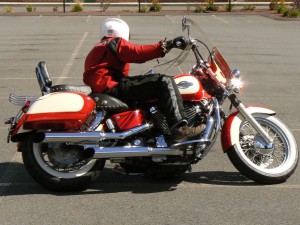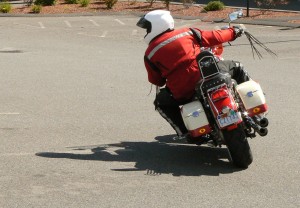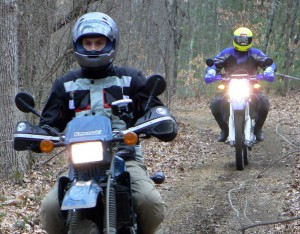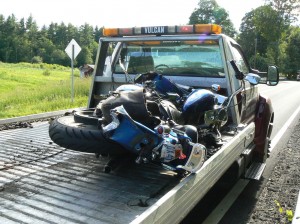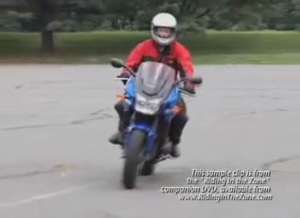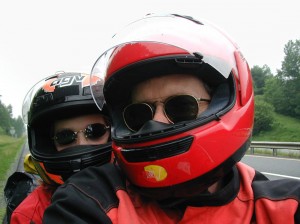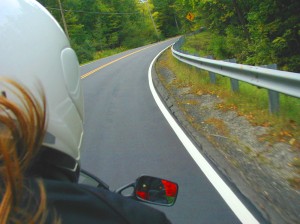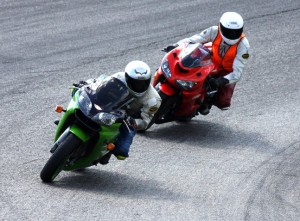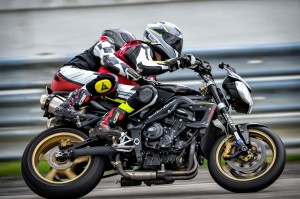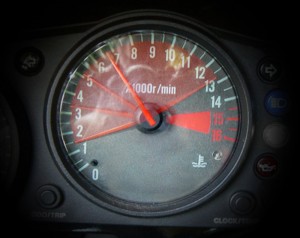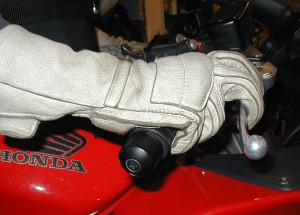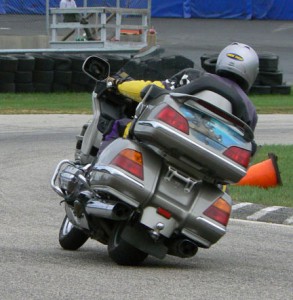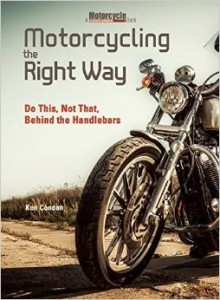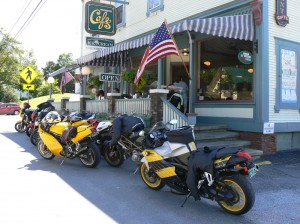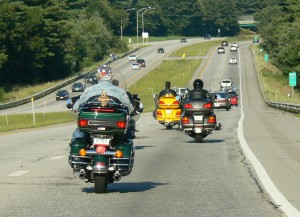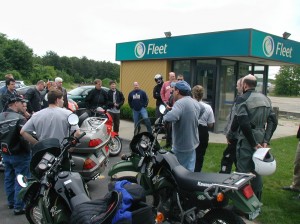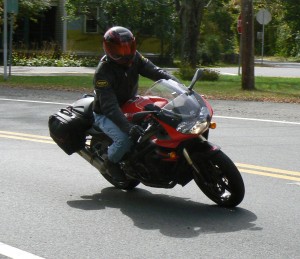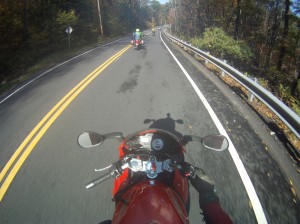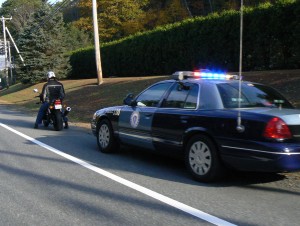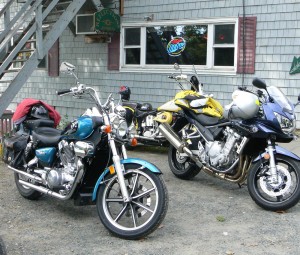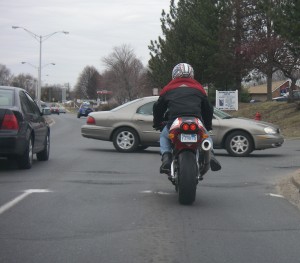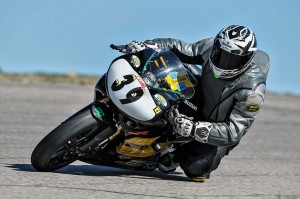
Chuck Boucher is the latest RITZ guest blog contributor. Chuck is an expert level roadracer with the Loudon Roadracing Series and is an instructor for Tony’s Track Days.
You can read Chuck’s biography here.
Chuck recently had a racing mishap that landed him in the hospital with a fractured pelvis and a few other less serious, yet painful injuries. Chuck knows exactly what he did wrong and wanted to share his cautionary tale with you to hopefully prevent you from experiencing the same agony. Let’s see what Chuck has to say.
If in doubt, UPshift!
by Chuck Boucher
As I sit here, recovering from a recent racing incident, I reflect on the reason I’m in need of crutches and pain killers. My little mishap occurred on the first lap of the first practice session during a Loudon Road Race Series (LRRS) event at New Hampshire Motor Speedway.
The lap was typical of any other I had run during the past six years as an LRRS roadracer. Unfortunately, this time around, I found a false neutral and the absence of any engine braking.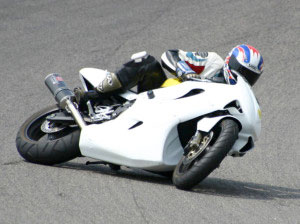
A False What?
In case you don’t know, a false neutral is when the motorcycle fails to completely engage a gear. This results in zero engine braking and an unexpected sense of coasting that actually feels more like acceleration, just when you want to be slowing down. Yikes!
Downshifting at this time is usually a bad idea, because you risk momentarily skidding the rear tire if the gear is too low for the bike’s speed when the gears finally do engage. Instead, the best way to handle this situation is to shift UP into the next higher gear so you don’t end up in too low a gear for the speed you are traveling. A too low gear can easily cause the rear tire to lose traction. Do this while leaned and you have a bad result.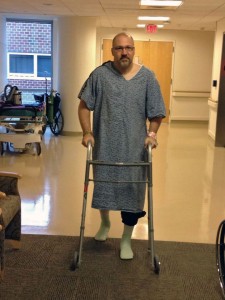
My Downfall
Unfortunately, with the turn one apex fast approaching, my mind said click the shifter up (my race bike is GP shift, which means clicking the lever upward causes a downshift). I knew my mistake the moment I let the clutch lever out. The rear wheel skipped a few times then locked, sliding the rear end of the bike sideways. Then the tires regained grip and catapulted me over the high-side.
Understand that there are times on the street or track when you have fractions of a second to make decisions that could cost you dearly. These decisions can go well, or not, based on previous experience. My false neutral took me completely by surprise and I acted wrong. You can be sure it won’t happen again.
If you’ve never experienced a missed downshift and a false neutral, count yourself lucky. However, if it does happen to you, take my advise and always shift UP! You may not have the engine braking you desire and you’ll be in too high of a gear, but at least you won’t likely high side.
More Good Advise
Stuff can happen to anyone, at any time. Whether it is a car at an intersection, a missed downshift or a too fast corner entry. How you react and what you do in that brief moment can be the difference between a close call and taking a ride in an ambulance strapped to a back board. My message to you is to always keep your skills sharp to avoid a worst-case scenario.
Consider taking the Motorcycle Safety Foundation Experienced Rider Course (BRC 2) and participating in a track day to acquire advanced braking and cornering skills.
Thanks for sharing what you learned, Chuck. Heal up fast!
Editor: Someone asked about whether a slipper clutch would have saved the day. I do believe a slipper would have re-engaged the power gradually enough to perhaps prevent the severe loss of grip. While a slipper clutch can do wonders, the actual clutch design and how sensitive it’s adjusted will affect whether or not the slipper re-engages the power slowly enough. This will still cause the rear to slide, just not nearly as much.
Do you have a similar experience to share? Make a comment below.
Please Donate to Keep the Articles Coming
If you liked this article and the many other articles on this site, please toss a buck or five into the hat. It’s greatly appreciated!
- Click the PayPal “Pay Now” button.
- Then indicate quantity in $2.00 increments. – Example: put “2” in “QUANTITY” field to donate $4.00, “3” for a $6.00 donation, etc.
Why $2.00? Due to the PayPal fee structure, a $2.00 donation is significantly more beneficial compared to a $1.00 donation.
Thank You!
Check out these related posts:
- Guest Writer: Track Day Rain Riding
- Motorcycle Track Days: What You Need to Know
- How to Develop a Traction Sense
- #1 Reason for Motorcycle Crashes in Corners
